Trans-Iranian Railway
The Trans-Iran Railway connects the Caspian Sea in the northeast and the Persian Gulf in the southwest, crossing two mountain ranges, rivers, plateaus, forests and plains, and four different climatic zones. The 1,394-kilometer railway was started in 1927 and completed in 1938, designed and implemented by the Iranian government in successful cooperation with 43 construction contractors from many countries. The railway is notable for its scale and the engineering required to overcome steep routes and other difficulties. In its construction, some areas required extensive mountaineering, while other areas required the construction of 174 large bridges, 186 small bridges, and 224 tunnels, including 11 spiral tunnels, due to the rugged terrain. Unlike most early railway projects, the construction of the Trans-Iran Railway was funded by state taxes to avoid foreign investment and control.

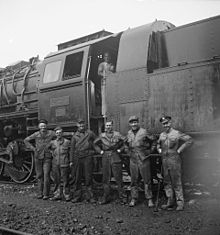


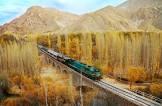
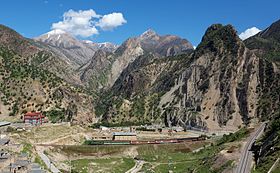
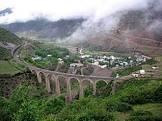
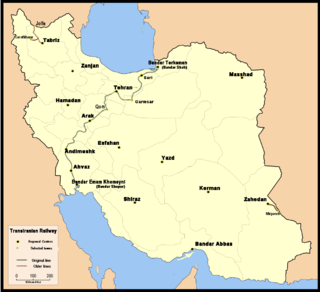

Poem of the heritage generated by AI
Intangible culture related to the heritage
China tourist attractions related to the heritage
World heritage related to the heritage
Information extracted from Wikidata
| executive body | Trans-Iranian Railway |
| office held by head of the organization | http://g.co/kg/m/04g56j |